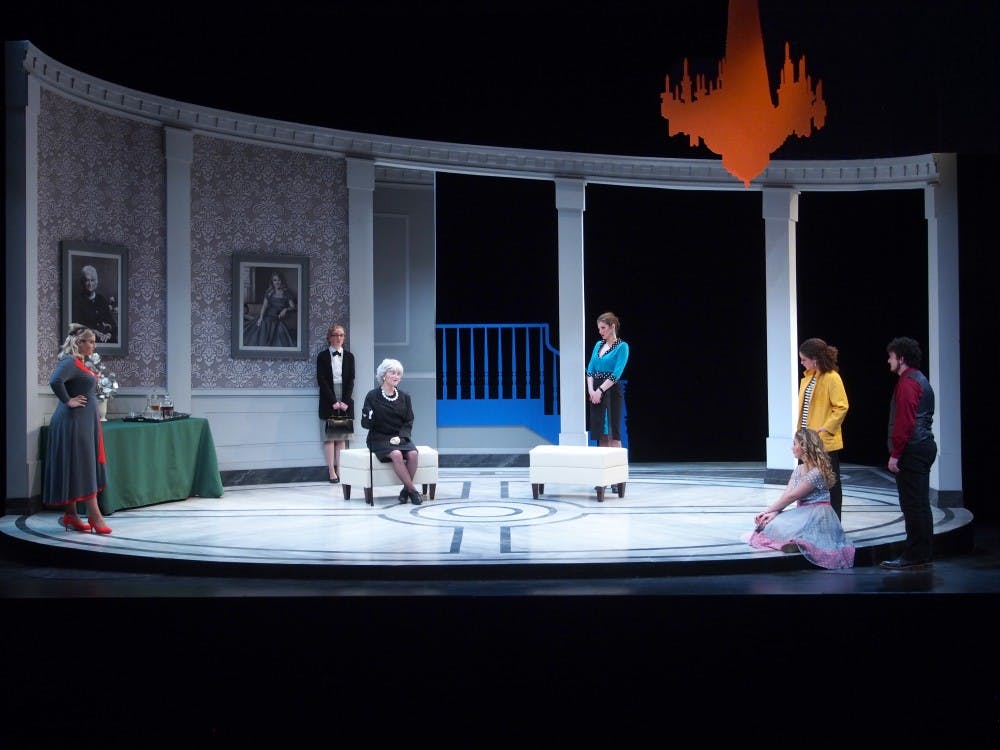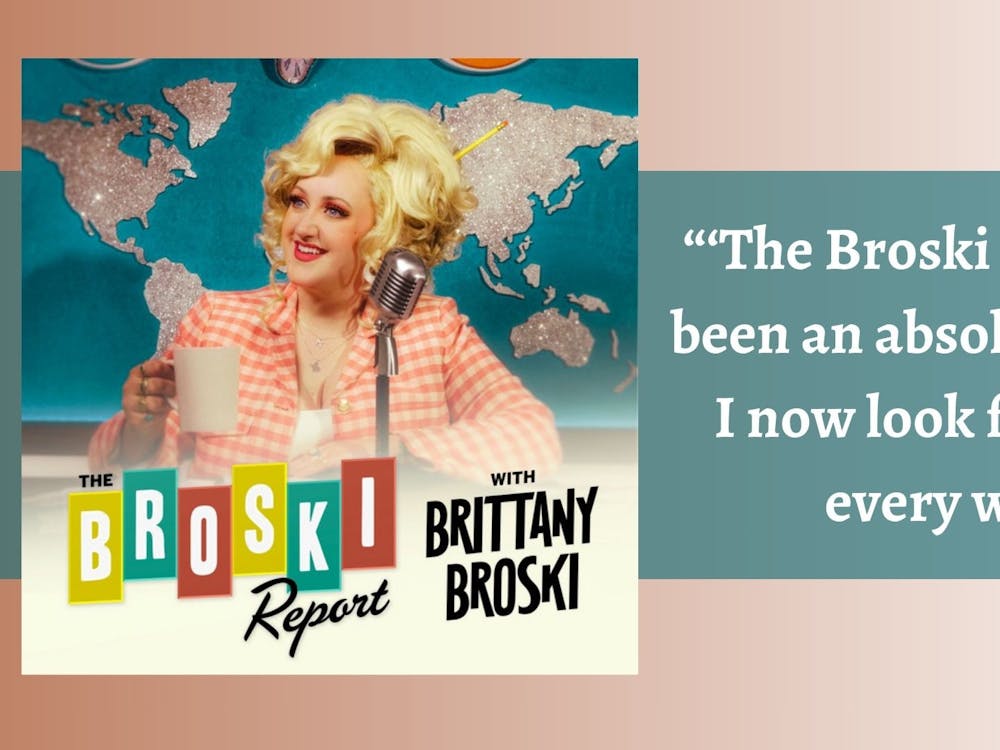Featuring a man insistent on his own intelligence, dismissive of women and easily controlled by someone even more arrogant, the Department of Theatre's production of "Tartuffe" proved the necessity of art in challenging those in power.
The play centers on Orgon, a nobleman who has welcomed Tartuffe, a man feigning piety, into his home. This spurs reactions from his family as they assess Tartuffe and try to warn Orgon of his hypocrisy. The play was written by 17th century French actor and playwright Moliere to point out hypocrisy in the Catholic Church, but as director Lewis Magruder emphasizes in the program, "there are implications for a nation [when] we allow our capacity for critical thinking to erode." The show also resonates in an era of #MeToo, as its female characters try desperately to convince their patriarch, Orgon, of Tartuffe's treachery.
A well-known piece of classical theatre, "Tartuffe" was an excellent choice to round out the Department of Theatre's season and display its actors' ranges. Though the material can seem dense, this production made the play accessible and incredibly relevant in our current political climate, without being too heavy-handed.
Sophomore theatre major Samuel Adams's performance as the title character who wields his charisma as a weapon throughout the show was utterly charming. Orgon was the great comedic figure of the production, attempting to assert his power as it grew more and more obvious that his family was entirely out of his control, and junior theatre major Benjamin Cobb was engaging in the role. First-year theatre major Elizabeth Bode was also unflaggingly entertaining as Dorine, endeavoring to keep the household together. Another first-year, Eleanor Alger, as Madame Pernelle, Orgon's mother, was hilarious as she strutted across the stage, punctuating her lines with bangs of her cane, at one point making the audience laugh just by walking into the scene.
The entire cast expertly handled the show's dialogue, which consisted entirely of rhyming couplets, and were always captivating as they directed saucy comments in asides to the audience.
The set and costume design were both ingenious and complemented each other marvelously. The cold marble of the set was disrupted by flat pieces painted with bright colors that highlighted the off-kilter energy of the play.
Scenic designer Gion DeFrancesco was inspired by the work of artist John Baldessari and wrote in the show's program that "the fake, two-dimensional cutouts seem out of place, yet they create a playful dynamic between reality and perception, flatness and dimension, stillness and energy."
This theme was echoed in the costumes which also featured two-dimensional elements. One character wore a dress with a bow printed on the skirt, rather than actually attached. Another had a flat handkerchief sticking out of a breast pocket. This attention to detail was commendable. Costume designer Meggan Peters wrote in the program that through these details she "tried to capture this feeling of deceptive appearances [and] inject a bit of clown-like fun into the absurd and somewhat dire situations in which the characters find themselves."
The play ended with Tartuffe's exposure and arrest which was a reassuring bit of hope for those who worry that we are living in a post-truth society, but nevertheless served as a warning to all to think critically.
glynnee@miamioh.edu




